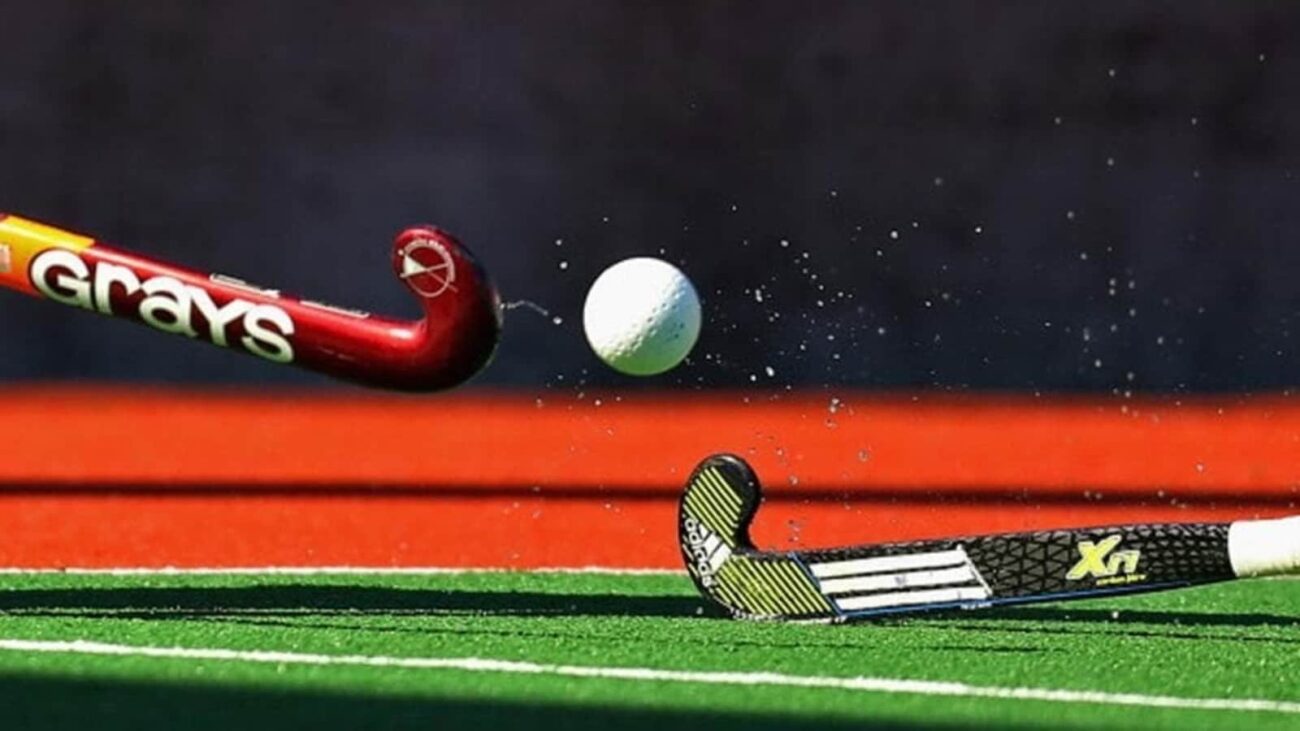Hockey Embraces Dry Turfs for Sustainable Future
Hockey is undergoing a significant transformation as the International Hockey Federation (FIH) transitions from water-based synthetic turfs to environmentally sustainable dry pitches. This shift aims to reduce the sport’s water consumption, which currently stands at approximately 6,000 liters per match.
The move towards dry turfs was prompted by the need to address the excessive water usage associated with hockey matches, particularly in water-stressed regions like India. Despite advancements in turf technology, the amount of water required to lubricate a hockey field remains substantial.
To ensure a seamless transition, FIH has established innovation standards for dry turfs, focusing on factors such as speed, gripping, bounce accuracy, and aerial ball performance. These standards aim to replicate the playing conditions of watered surfaces.
GreenFields, an FIH supplier, has developed a dry turf called Pure EP, which has been installed in the Netherlands. Additionally, dry turfs have been inaugurated in South Africa and Namibia. The recent FIH Hockey5s World Cup was played on a dry turf, providing valuable feedback on its performance in warm climates.
The transition to dry turfs requires adjustments in footwear and equipment. Players may need protective undergarments to prevent injuries when sliding on dry surfaces. Stick manufacturers may also need to incorporate coatings to reduce friction.
FIH is targeting the 2028 Los Angeles Olympics as a potential milestone for the widespread adoption of dry turfs. In India, where there are approximately 150 hockey turfs, the new technology is expected to gain traction due to its water-saving and cost-effective benefits.

